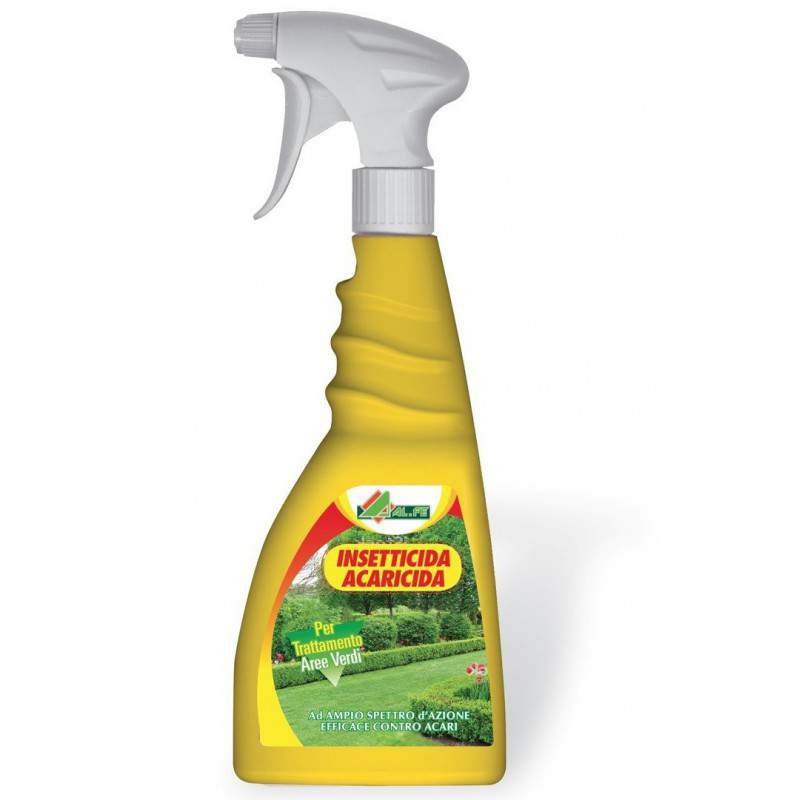Acaricides are pesticides that kill ticks and mites and help animals gain immunity to various infectious diseases. Acaricides work by interfering with the nerves, muscles, respiration, and growth of mites and ticks.
Farmers must use miticides to prevent tick infestation and animal injury. Losses from tick infestations can be significant, and ticks cause paralysis and physical harm to livestock. Some miticides can be toxic to fish and other wildlife and should be used with care to avoid damage to the ecosystem.
Ticks transmit a variety of diseases that seriously affect livestock. The main tick-borne diseases include atherosclerosis, cardiac arrest, anaplasmosis and babesiosis. To stop disease transmission, ticks must be killed before they feed on vulnerable animals and spread disease to other organisms.
The use of chemical miticides is the most common and most effective method of tick killing. Emerging markets such as Asia Pacific, Latin America and Eastern Europe are important markets for miticides due to the high levels of animal husbandry in these regions.
Population growth is causing great demand for agricultural production and meat consumption worldwide. The growth in crop and meat consumption is expected to further propel the global acaricide market during the forecast period 2016-2026.
Regional Perspective
At the regional level, the acaricide market is segmented into seven key regions, namely: North America, Latin America, Western Europe, Eastern Europe, Asia Pacific excluding Japan, Middle East and Africa, and Japan. Emerging markets in Asia-Pacific, Latin America and Eastern Europe are expected to represent the fastest growing global miticide market.
China and India are major consumers of miticides due to intensive livestock farming. The use of acaricides to control tick growth has improved livestock viability in these countries. In contrast, demand for miticides will be subdued in North America, Western Europe, Japan, and South Korea due to market maturity and high usage rates
Market Players
Players involved in global acaricides market include Bayer AG, Syngenta, Monsanto, DuPont, BASF SE, The DowChemical Company, Makhteshim, Nufarm, Sumitomo Chemicals and
ArystaLifescience.
Acaricides market segmentation
The market acaricides is segmented by type, application, route of application and region.
Based on type, the acaricides market is segmented into the following segments:
- Natural
- Arsenes
- Chlorinated hydrocarbons
- Organophosphorus compounds
- Others
About Based on the application, the acaricide market divided into the following
segments:
- Livestock
- Agriculture
- Other
Depending on the type of Application, the acaricide market is divided into the following segments:
- Dipping bath
- Spray
- Sprayrace or Spray Dipping Machine
- Handheld
- Other
The report is a compilation of first-hand information, qualitative and quantitative assessments by industry analysts, input from industry experts and industry participants from across the
value chain.

































